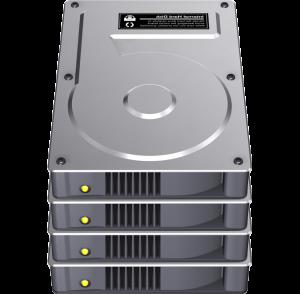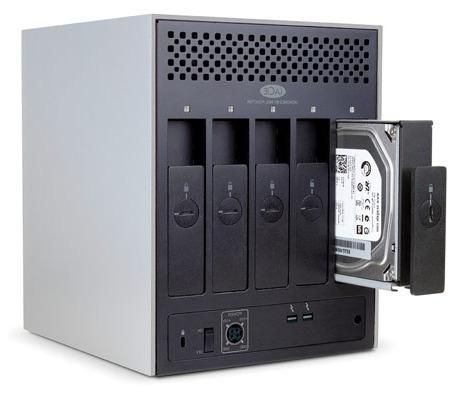Reliability of data storage is one of the most important and relevant issues in computer systems. Therefore, a lot of effort and development was concentrated in this direction, and as a result, there was a technology for building RAID arrays, which, despite the fact that it was invented several years ago, is quite relevant and in demand at the moment.
Let's try to figure out what kind of technology it is. To begin with, it is worthwhile to define the main term. So, a RAID array is a kind of redundant set of independent disks that serve to increase the fault tolerance and efficiency of computer systems. The first is achieved precisely because of redundancy, and the second - due to the simultaneous operation of disks that are in the created array. It is worth noting that the RAID array of the system is used as a single disk due to the interaction of software and hardware.

To answer the question of how to create a RAID array, it is necessary to mention that there are several different variations (levels), the implementation of which depends on the organization of the disks. The general operation of the disks can be organized using either parallel or independent access. In the first case, to record information, the disk space is divided into strips (blocks), which then fall on different physical disks (performance is improved due to the simultaneous recording of strips). When reading information, all operations are also carried out in blocks, which contributes to an even greater increase in the efficiency of such a system. Moreover, the more disks, the more productive will be a RAID array. But there are some nuances. It is impossible to organize such a system if the block size is larger than the size of the request for recording information.
In the case of independent access, all information of an individual user request is recorded in the same way as when working with one logical drive, but unlike the last situation, when reading, operations will already be performed on different (separate) disks.
At the moment, there are several standard ways of organizing (levels) of such a system as a RAID array. They are numbered from 0 to 6 and are called, respectively, RAID 0, RAID 1, and so on. In practice, the most commonly used levels are: 0, 1, 3, and 5.

So, in order to practically implement an external RAID array, you need to have two components: a RAID controller that performs the functions of distributing incoming information, communicating with the main server, generating redundant data, and any array of hard drives. This is the so-called hardware option for creating a RAID array. But this is not the only way to organize disks. The construction of such a system is possible from the so-called software environment. In this embodiment, the creation of RAID arrays is carried out using special utilities that are supported by a particular operating system. The disadvantage of this implementation is that if the PC software fails, all the information stored on the logical RAID disks is lost. In addition, we must remember that programmatically you can build an array of only the first and zero level.